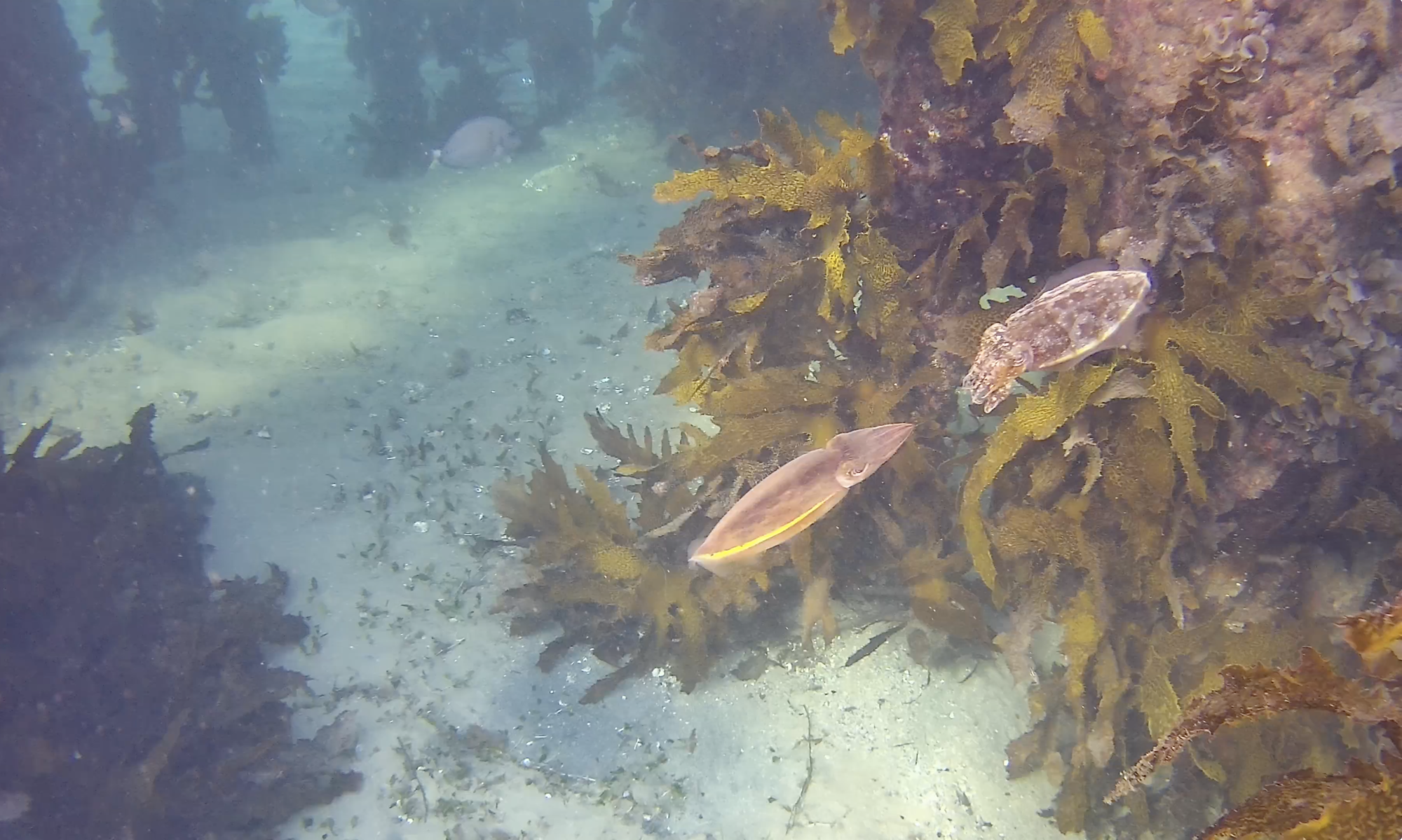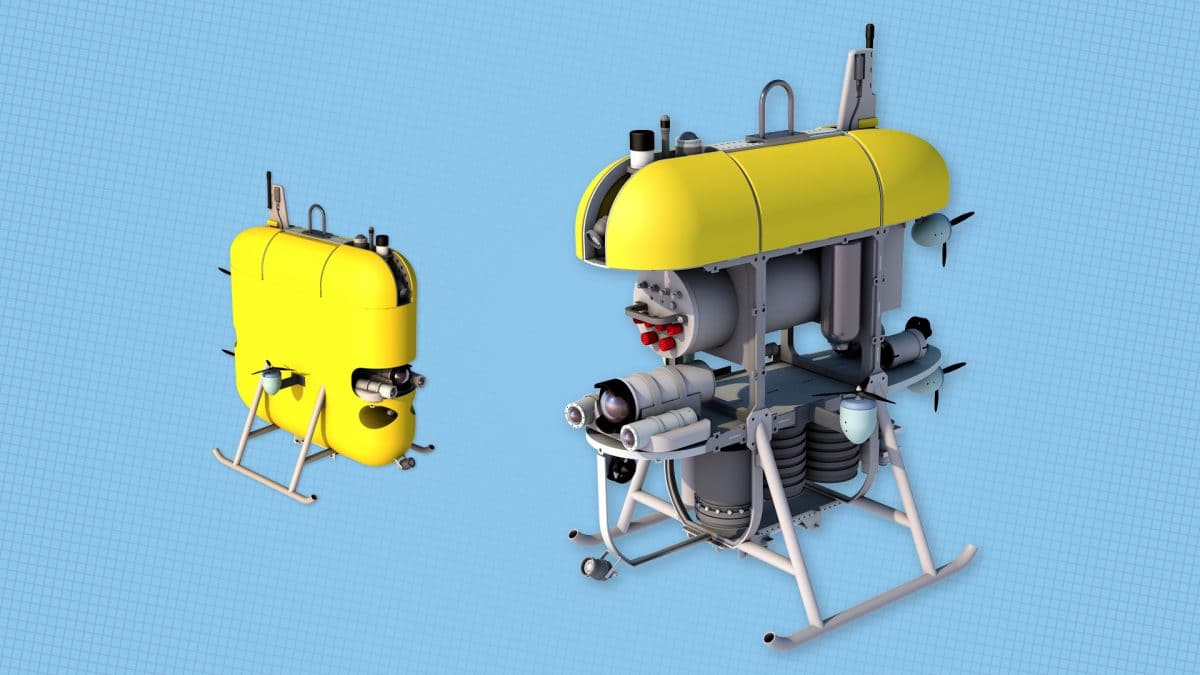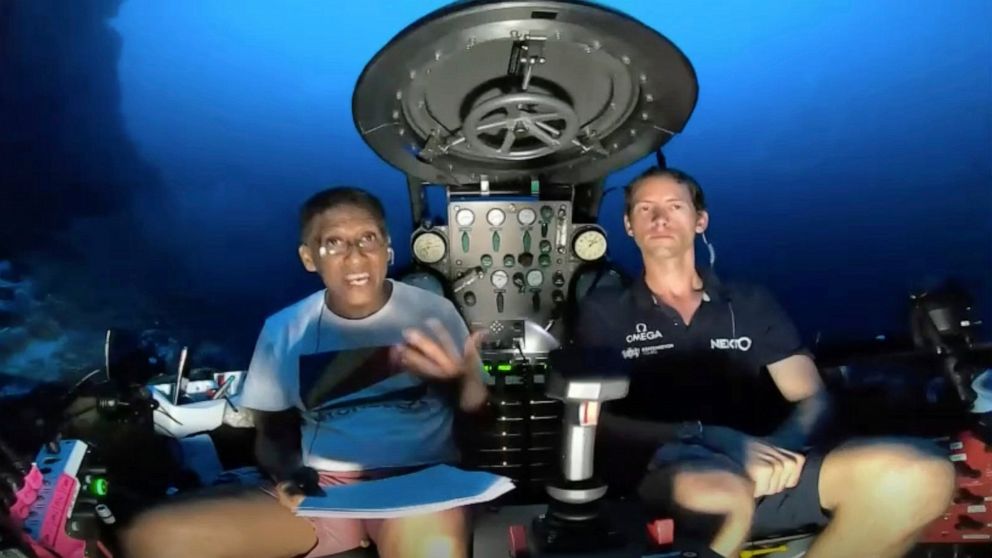New Zealand’s National Institute of Water and Atmospheric Research (NIWA) is pioneering the use of ROVs for surveillance in high-risk locations (where there are high volumes of international vessel arrivals) for marine pest incursions. The ROVs are particularly useful where there is a risk of large predators, like leopard seals, sea lions and sharks, presenting dangers to divers.
Full article at: NIWA ROV for marine biosecurity



